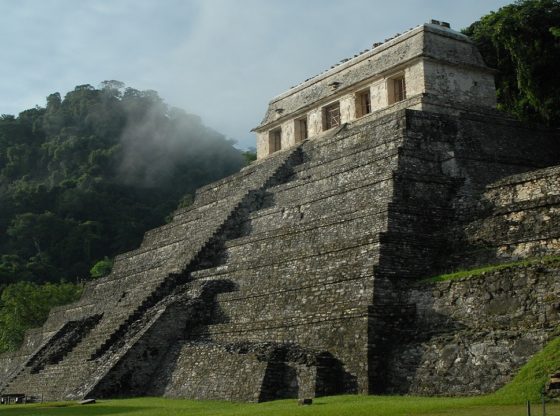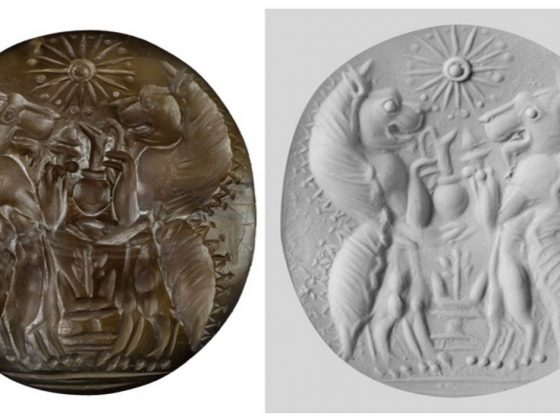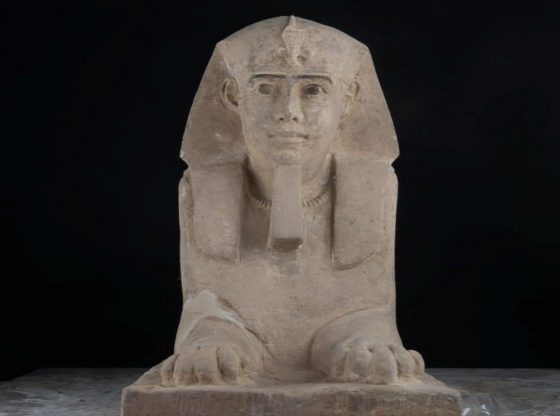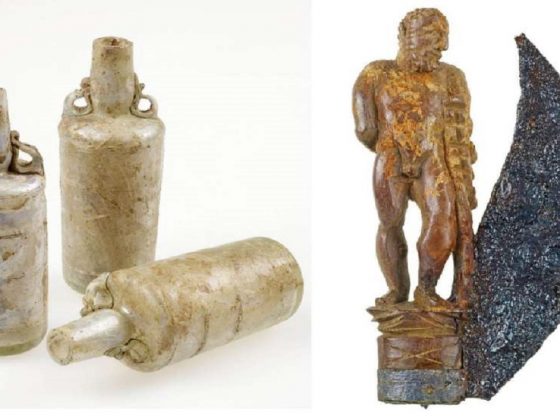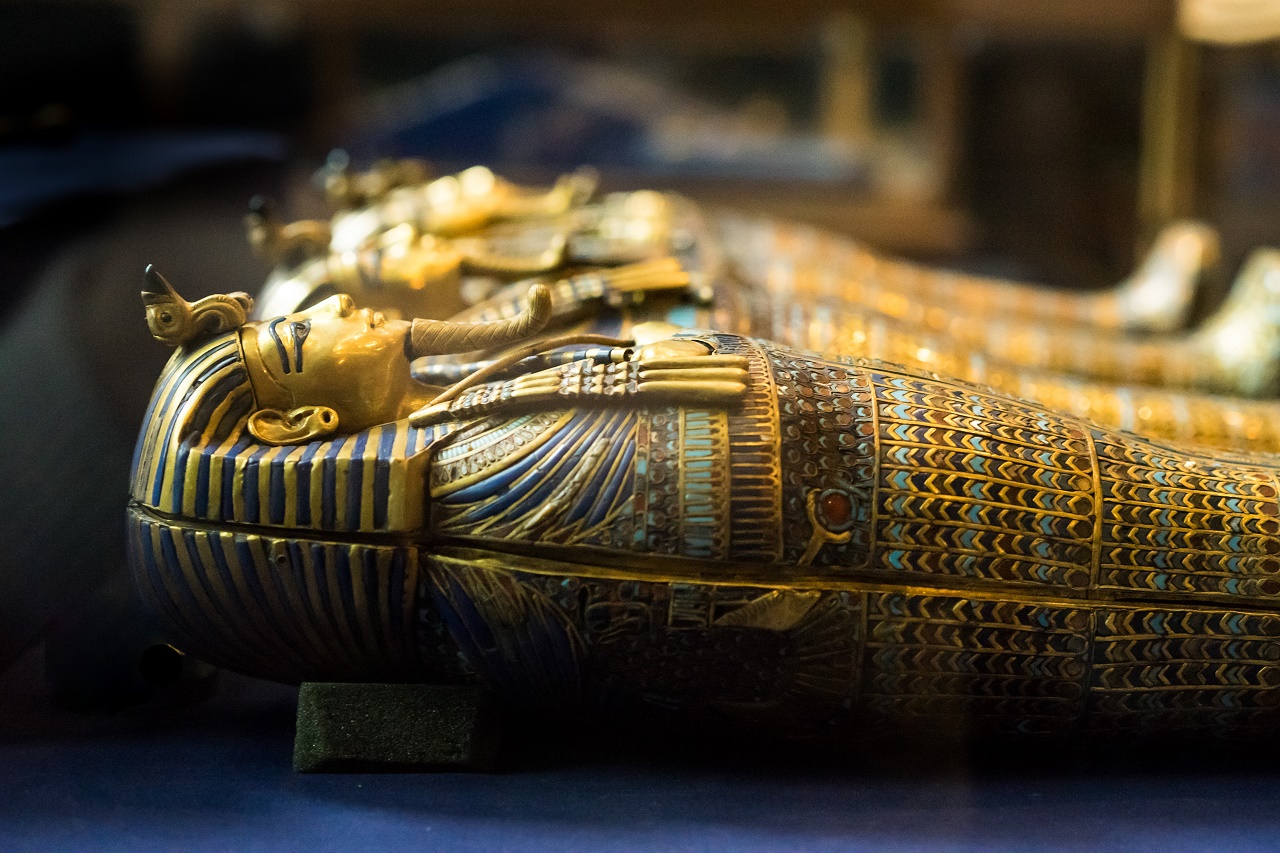

Scientists have analyzed the Ancient Egyptian king’s dagger, the analysis indicates that the blade is made of iron from a meteorite.
The dagger was found in Tutankhamen’s sarcophagus when the British archaeologist Howard Carter found his tomb year in 1923.
Italian and Egyptian scientists have now examined the blade using x-rays and compared the results with meteorites found in Egypt.
They were able to assess the exact iron content, which consisted of a 10% nickel and 0.6% cobalt.
High Nickel Content
The high percentage of nickel made the researchers suspect that the material arrived on Earth, rather than being from Earth. Since a high nickel content is characteristic for meteorites.
The researchers then made a comprehensive investigation of all known meteorites found within a radius of 2,000 kilometers surrounding the Red Sea.
A meteorite named Kharga was found to contain the exact amounts of nickel and cobalt as the dagger.
Iron from the sky
The Kharga meteorite was found within a limestone plateau 240 km (150 miles) west of Alexandria, at the seaport city of Mersa Matruh in 2000. According to the published study, the Ancient Egyptians highly valued meteorites and may have thought that these stones were carrying messages from above.
The “Benben” stone worshiped at the sun temple of the god Ra in Heliopolis is thought to have possibly been a meteorite. The word “benben” is derived from the verb “weben”, meaning “to shine”.
The word “bi-A” has been translated as “iron”, but could possibly refer to any range of hard, dense, iron-like materials. But from the beginning of the 19th Dynasty (approximately 1295 BCE), a new hieroglyphic word for iron appeared: “bi-A-n-pt”, which literally translates as “iron from the sky”.
The research team now wants to further investigate items from the tomb of Tutankhamen in order to understand how the Egyptians were able to produce these beautiful objects from meteorites.
______________
The meteoritic origin of Tutankhamun’s iron dagger blade
____________________________


